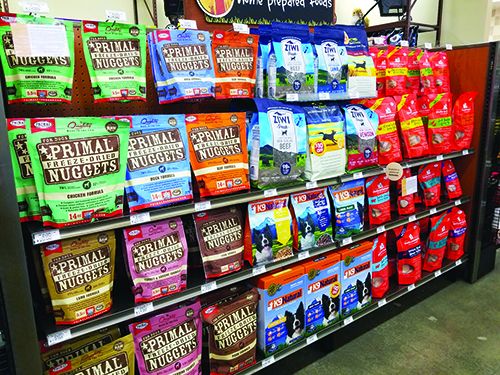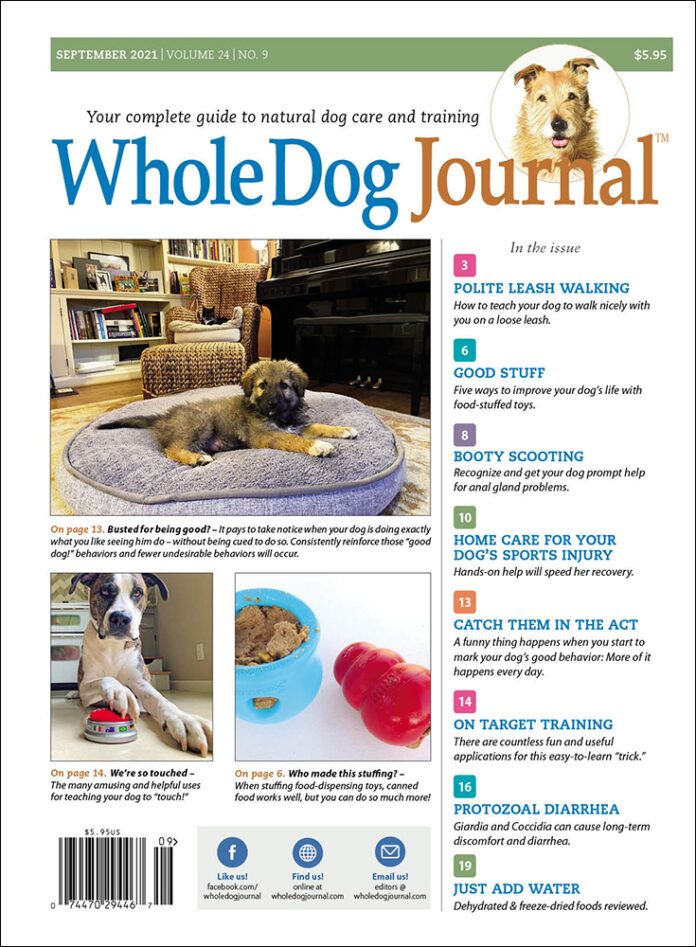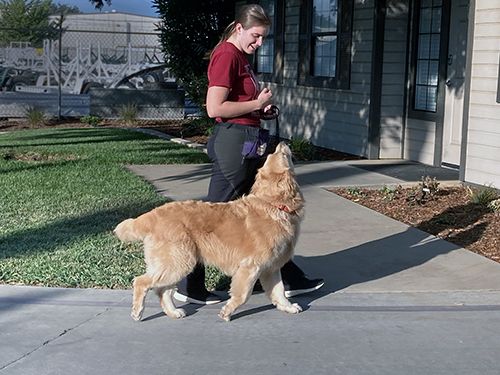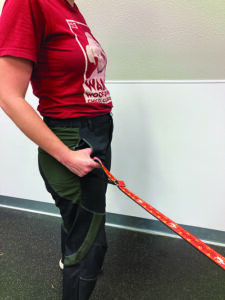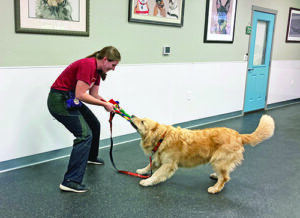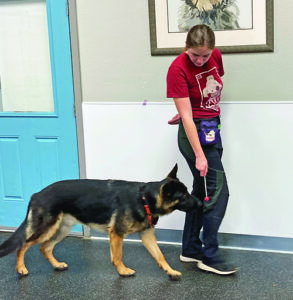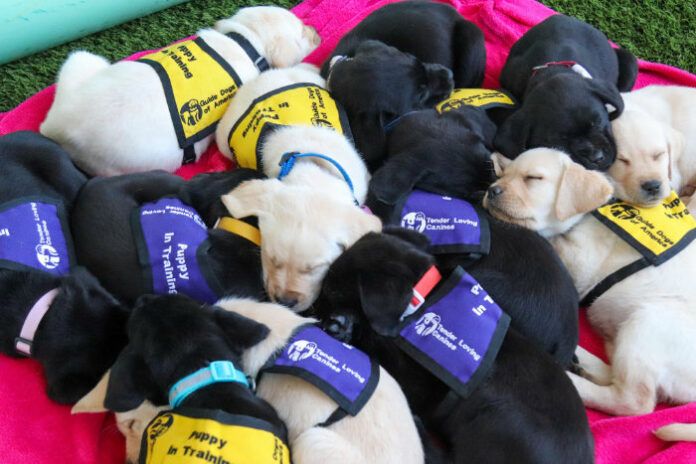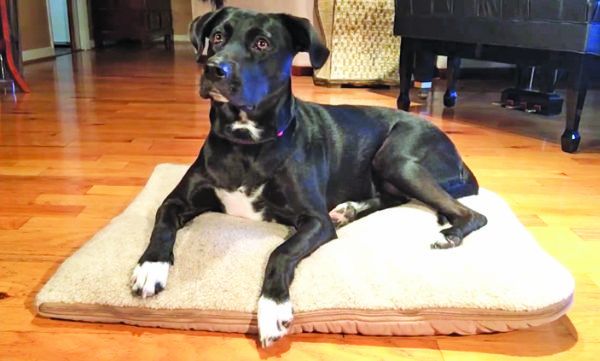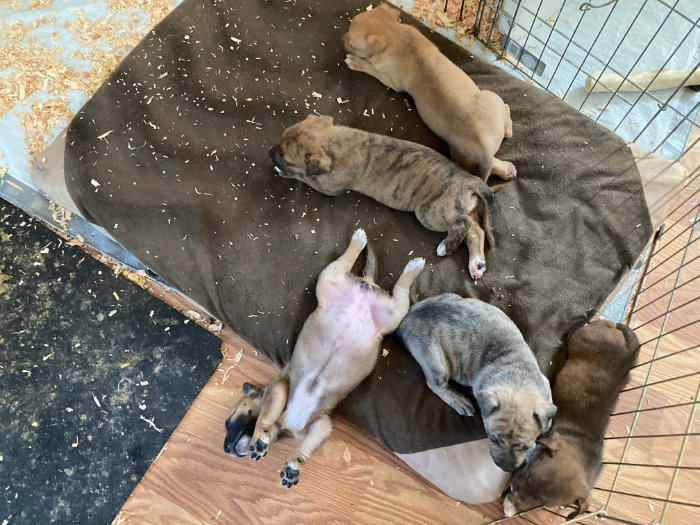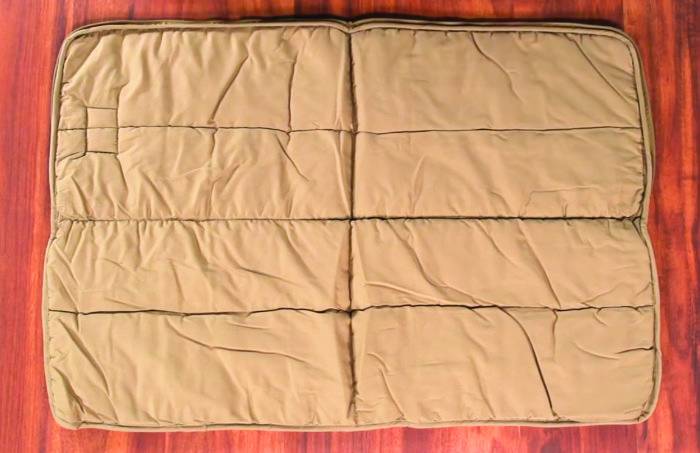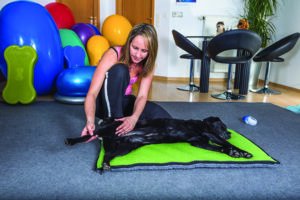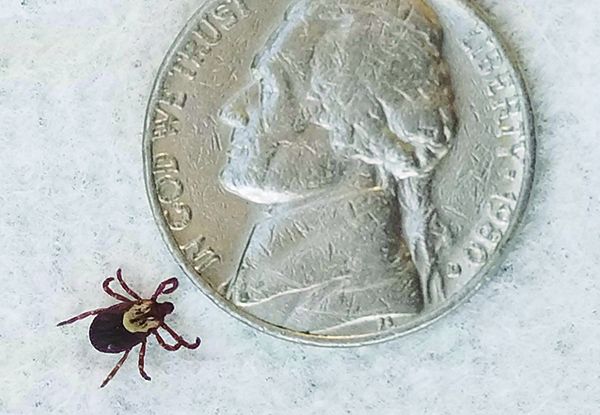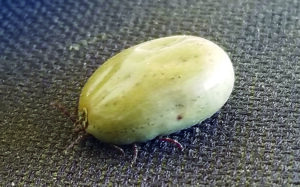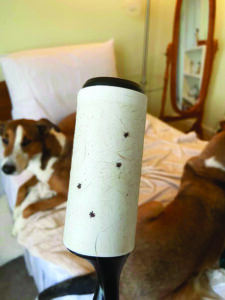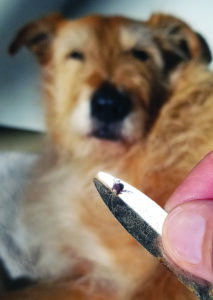Last weekend, my husband and I took our nearly 6-year-old dog, Woody, with us on a backpacking trip. We joined eight of his friends, all of whom he’s known since grammar school or high school; they had started a day before us and we joined them at a specific Sierra Nevada lake by prearrangement.
We left behind Otto, who, at nearly 14 years old, is no longer invited to this sort of adventure, to his deep dismay. Otto knew what was going on when the backpacks and sleeping bags and tent were taken out of their storage closet – and he kept putting himself in our paths as we loaded the packs into our car. His heart is willing, but his arthritis says, “Not this time, guy.” (His countenance cheered entirely when I drove him to my sister’s house; he loves staying there, for a few days at least.)

We’ve taken Woody camping only once before that I can remember, about four years ago. It’s strange, because Otto has been camping many times in his lifetime, but for whatever reasons, in the past five years – most of Woody’s lifetime – we have mostly camped in National Parks (where dogs are not allowed on trails) or we camped as part of a long road trip that also involved weather that’s unfriendly to a dog in a car. And this was the first time he has been backpacking with us.
There’s an expression, “To appreciate a light, you have to take it into darkness.” I definitely appreciate some of Woody’s positive attributes more today than I did before last weekend – and am more aware of one thing that we need to work on more.
What Woody does well
- This dog’s recall is rock-solid. He can be off-leash at any distance, and even if distracted with something as exciting as a chipmunk chirping from a nearby tree, will turn and RUN toward me at a hint of a whistle.
- His “leave-it” behavior is terrific (I use the cue “Off”). Whether I wanted him to stop trying to lick someone on the face around camp, to stay away from some greenish water in a creek, or to ignore the barking dog who was tied to a tree in the campground where we left our car, I could say “Off!” once and he would immediately stop what he was doing and look to me for reinforcement.
- His athleticism and agility are astounding. He’s utterly confident in his ability to go anywhere and do anything we’re doing, including scrambling up or down granite rock faces and finding ways around cliffs. Both Otto and my last dog, Rupert, would get whiny and shaky if the footing ever got slippery, but a slip or momentary slide doesn’t seem to bother Woody in the slightest.
- Woody’s trust in me is more complete than any other dog I’ve owned. Once, during a day hike to another lake, we found ourselves on a cliff that was too steep for Woody to slide down and too high to allow him to jump off of. I climbed down first and stood on a rock at the cliff base, and asked him to inch to the edge toward me. I was able to pull him into my arms and then pass him to my husband, who lowered him to the ground. He accepted all of this without a fuss or concern about his safety. Most dogs I know would have struggled or tried to leap; he just relaxed and let us help him.
- He was a champion with the other dog who was on the trip – a dog about his age whom he had never met before. The dog’s owner warned us that the dog wasn’t always “good” with other dogs, but I have confidence in Woody’s judgment and self-control; he is a better judge of dog behavior than I am! He defused and deflected every bit of slightly aggressive behavior the other dog displayed – and even better, kept up a goofy, playful demeanor that soon got the other dog to play chase games around camp.
- We quickly learned that this other dog doesn’t eat much when he’s not at home – but that didn’t mean he wanted anyone else to eat his food. He would guard an area about 30 feet in diameter around his food from Woody. In contrast, my chow-hound has ZERO worries about eating in strange places or eating strange things; he absolutely knew where the other dog’s food was and would calmly go help himself to the food any time the other dog was distracted – and would just as calmly leave the area when the other dog saw what was happening and would come running back to guard whatever Woody had left behind. (Okay, this is kind of a jerk move, but what I appreciated was that as much as he likes food, and was motivated to sneak and steal some whenever it was unattended, he wouldn’t fight about it with the food’s owner.)
- Once, on a day hike away from our main camp, a little dog owned by some other backpackers ran up to him in attack mode, snarling and snapping. Woody ducked and dodged and went into super goofball mode, racing about as if the dog had actually just asked him to play “chase me.” The little dog’s owners looked aghast at their little dog’s “attack” on my big pitbull-mix, but I assured them that no harm was done. I so appreciate his skills at defusing other dogs’ reactive behavior.
- He sought attention and petting from every person he met, and was equally comfortable with all of them, from the ones who are self-described “dog people” to the ones who maybe don’t like dogs that much. However, this friendly reaction always comes a moment after this next thing….

What Woody Isn’t Good At
I don’t need bullets for this, because there is really just one thing that Woody needs to work on:
I think he can’t see well; he doesn’t seem to recognize ANYONE at a distance, and his initial behavior at the sight or sound of an approaching human into our camp (or even on the trail) was fearful and defensive. Every time a member of our party left camp, even just for a moment’s relief behind some trees, Woody would growl at them and run toward them with his hair up as they returned. Ay yi yi! Nothing like 70 pounds of an athletic, big-headed dog to come running toward you growling! He even did this a time or two to my husband!
Fortunately, none of our friends was afraid of dogs and all of them quickly trusted that Woody wouldn’t bite them. They would each say “Hey Woody!” as he approached them – and as soon as he was within, you know, biting distance (dog help us) he would instantaneously transform into his usual wiggly, waggy self, as if to say, “OH HI! I thought you were a monster for a moment, but you are a human! How great! I love humans!”
This is a TERRIBLE behavior (the growling, hair-up approach, not the transformation into Mr. Wiggles) and I was and am embarrassed about it.
This isn’t exactly a recent development. It’s been a persistent behavior that I have worked on with Woody ever since it first appeared, when he was an adolescent. I have worked for years to counter-condition his response to the sudden arrival of strangers on our property, and I credit that work for how quickly he converts his initial alarm to a joyful greeting, once he ascertains that the arrival of the human is not a threat. At home, the behavior isn’t really a problem; if my sister or one of my friends walks through my gates and down my driveway toward my office, and he goes running toward them barking with his hair up, they know to just call to him, “Woody, it’s me!” The moment he recognizes their voices, he races off to find a toy with which to try to entice them into play. (And, of course, if it’s an uninvited stranger who comes walking through my gates and onto my property, I’m going to let the vision of Woody bounding toward them barking slow them up for just a moment before I call him back; he’s our first line of security, and they don’t need to know that he will likely jump up and lick them once he knows they are not a threat.)

But out in the world, especially off-leash in our camping site in the woods, the behavior appeared as more anti-social than I want my dog to appear. So when I was close to him, I would call him back to me or say “Woody, Off!” (which would also make him come back to me), and he always responded. But there were a number of times that we were separated or I was talking to someone and another person would walk in at the far end of our camping area and I would hear another “WOOF!” followed by “Hey Woody! Good boy!”
I’ll be talking to trainer friends about what I can do to improve this response to the sight of “strangers” – or should I be consulting an optometrist?!
No dog is perfect, but we have a responsibility to the people who come into contact (or near contact) with our dogs to keep them feeling safe, and I still have some work to do on that front with Woody of the Woods.





